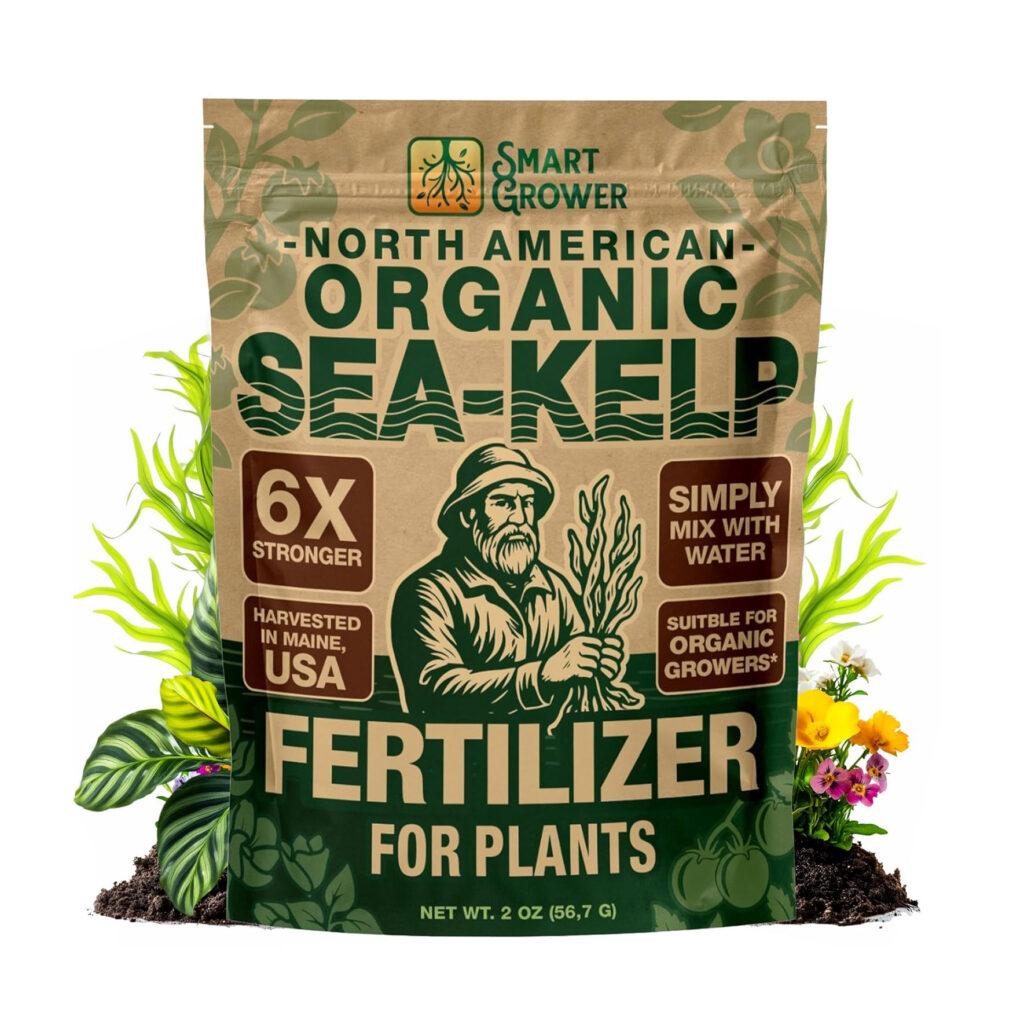With temperatures shifting away from blazing hot in much of the West, now is the time to make the most of the end of the season and prepare for the cooler months ahead.
Plant
Yaorusheng/Getty Images
—Late summer is the perfect time to inoculate hardwood logs or shady mulch beds with wine cap, nameko, or oyster mushrooms. They’ll reward you with delicious harvests while their mycelium enriches the soil, breaking down organic matter and strengthening your garden’s ecosystem.
—Give your garden a delicious makeover with an edible landscape refresh by layering in fall-fruiting shrubs like pomegranate, pineapple guava, and elderberry. Pair them with ornamental kale, rainbow chard, and trailing rosemary for a design that’s as lush as it is productive.
—Swap thirsty turf for a no-mow meadow mix featuring Carex pansa, Achillea millefolium, and Festuca idahoensis. This soft, drought-tolerant alternative thrives with seasonal rain, attracts pollinators, and brings a wild, natural beauty to your yard—giving you less mowing and more magic.
Harvest

Thomas J. Story
—Harness the healing power of the desert by harvesting creosote (Larrea tridentata), the plant behind that signature desert rain scent. Traditionally used by Indigenous communities, its antimicrobial leaves can be brewed into an immune-boosting tea or infused into oils for natural skin remedies. Other native plants like California sagebrush (Artemisia californica) or yarrow are also ready for harvest—perfect for crafting soothing salves or botanical soaps.
—Timing is everything when cutting flowers for long-lasting blooms! For zinnias and sunflowers, cut when petals have just unfurled but centers remain tight. Dahlias and cosmos need to be fully open, as their buds won’t bloom after cutting. Growing snapdragons and delphiniums? Snip when the bottom third of blooms have opened for a stunning, extended display.
Maintain

Courtesy of Amazon
—Give your late-summer vegetables a boost with biostimulants like kelp extract or humic
acid, which improve soil structure, support microbial life, and enhance nutrient absorption. Apply them to leafy greens like kale and Swiss chard or long-season growers like winter squash to keep plants thriving as the seasons shift.
—Supercharge your soil with biochar, soil-enhancing charcoal that locks in moisture, promotes beneficial microbes, and even helps capture carbon. Mix it into compost or soil to improve water retention and long-term fertility—especially useful in arid climates where every drop counts.
—Overheated plants? Lightly mist plants in the late afternoon shade to cool them down and raise humidity. Be sure to use room-temperature water and let leaves dry before evening to avoid fungal growth.
Protect

Paula Sierra/Getty Images
—For tech-savvy gardeners, consider AI-powered insect monitoring and disease identification apps like Agrio that track pest populations in real time. This sustainable, chemical-free approach integrates the power of technology with eco-friendly practices, offering a smart way to manage pests.
—Protect young or thin-barked trees like avocado, citrus, and Japanese maples from sunscald by wrapping them with paper tree wrap or applying a diluted whitewash (equal parts water and latex paint). This simple step shields vulnerable bark from harsh sun and prevents damage during late summer heat spikes.
We only recommend things we love. If you buy something through our site, we might earn a commission.


